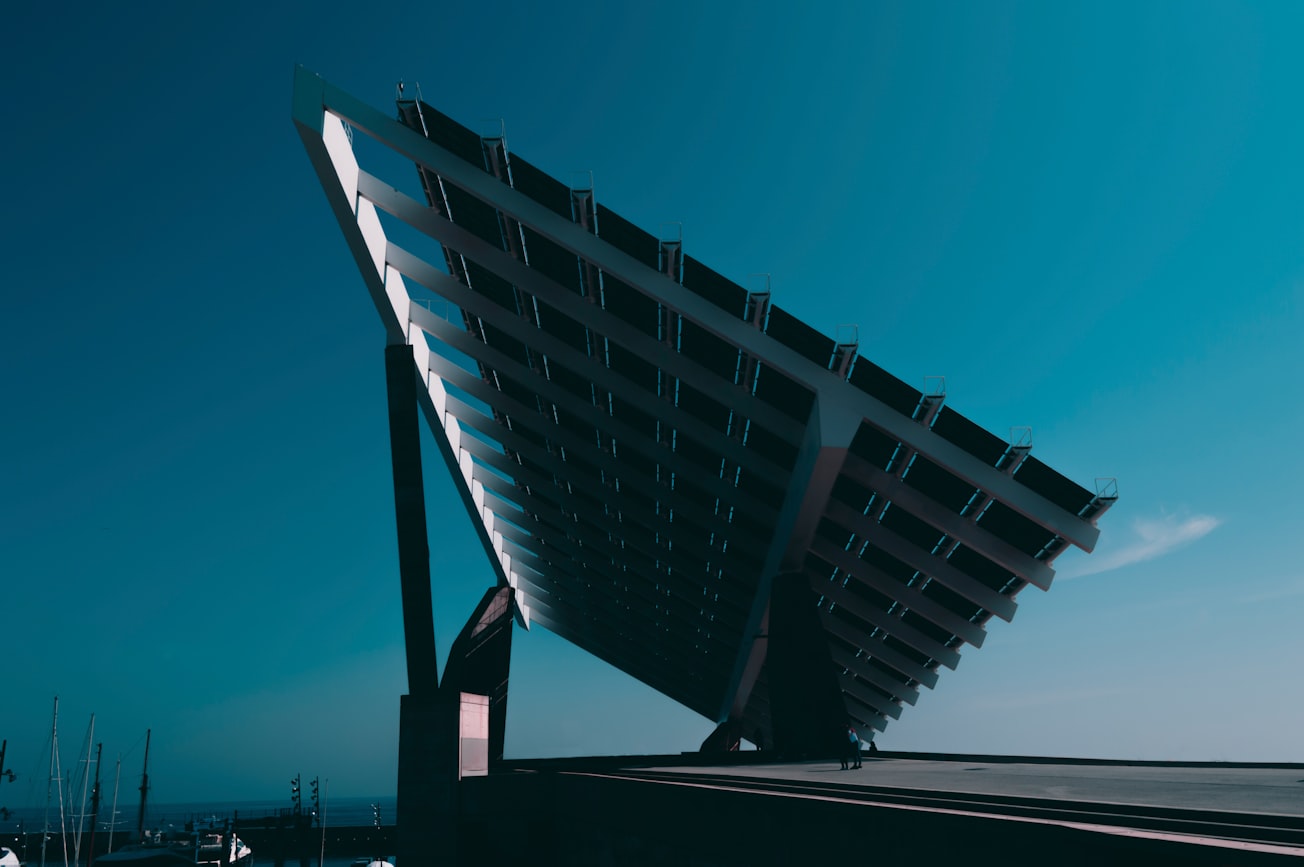What is it about?
In this paper, a Photovoltaic/Thermal (PV/T) system was proposed, built and tested. Three various types of cooling were proposed: tank filled with water and water flows through the cooling pipes, tank filled with PCM and water flows through the cooling pipes, and tank filled with PCM/nano-SiC and nanofluid (water-SiC) flows through the cooling pipes. The three proposed systems results were compared with conventional PV. According to the results, it was found that nano-PCM and nanofluid improved the electrical current from 3.69 A to 4.04, and the electrical efficiency from 8.07% to 13.32%, compared with conventional PV. In addition, three Artificial Neural Network (ANN), MLP, SOFM and SVM methods were implemented using the experimental results. The results indicate that the output of the network is in good agreement with the experimental results and published works.
Featured Image

Photo by Biel Morro on Unsplash
Why is it important?
. The effects of nanofluid and nano-PCM cooling method was proposed and investigated. • An experimental analysis on hybrid PV/T is carried out. • The artificial neural networks is trained by the experimental data. • The electrical efficiency of PV/T compared with PV, is 13.32% and 8.07%, respectively.
Read the Original
This page is a summary of: Comparison of prediction methods of PV/T nanofluid and nano-PCM system using a measured dataset and artificial neural network, Solar Energy, March 2018, Elsevier,
DOI: 10.1016/j.solener.2018.01.026.
You can read the full text:
Resources
Contributors
The following have contributed to this page







